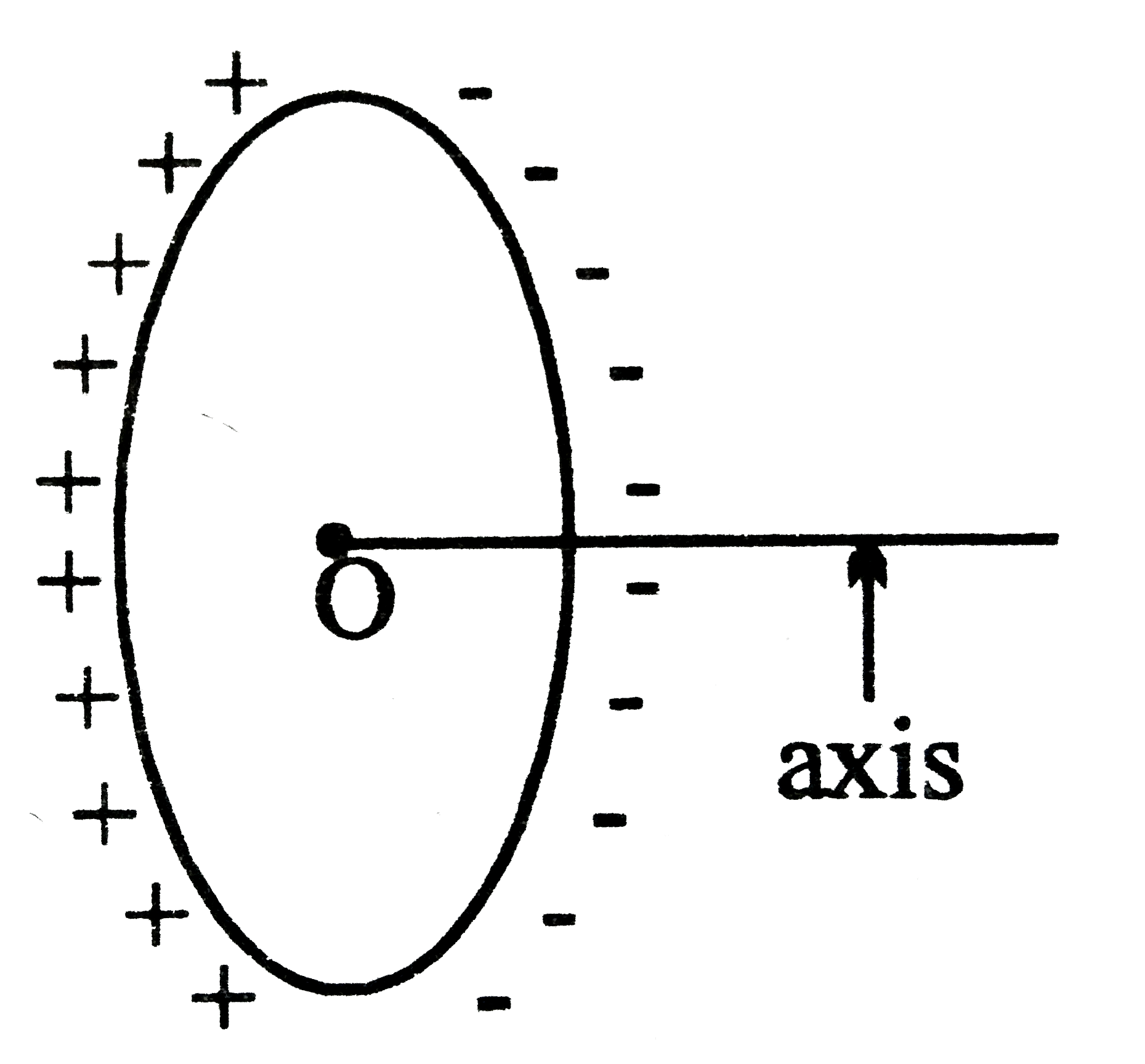How much positive and negative charge is there in a cup of water?
Let us assume that the mass of one cup of water is 250g. The molecular mass of water is 18g. Thus, one mole (=6.02×1023 molecules) of water is 18g. Therefore the number of molecules in one cup of water is (250/18)×6.02×1023. Each molecule of water contains two hydrogen atoms and one oxygen atom, i.e., 10 electrons and 10 protons. Hence the total positive and total negative charge has the same magnitude. It is equal to (250/18)×6.02×1023×10×1.6×10−19C=1.34×107C.
Topper's Solved these Questions
- ELECTRIC CHARGES AND FIELDSBOOK - AAKASH SERIESCHAPTER - ELECTRIC CHARGES AND FIELDSEXERCISE - Assess Your Self
13 Videos
- ELECTRIC CHARGES AND FIELDSBOOK - AAKASH SERIESCHAPTER - ELECTRIC CHARGES AND FIELDSEXERCISE - Exercise-I
80 Videos
- DUAL NATURE OF RADIATION AND MATTERBOOK - AAKASH SERIESCHAPTER - DUAL NATURE OF RADIATION AND MATTEREXERCISE - PRACTICE EXERCISEX
42 Videos
- ELECTRIC FIELD AND POTENTIALBOOK - AAKASH SERIESCHAPTER - ELECTRIC FIELD AND POTENTIALEXERCISE - PROBLEMS (LEVEL-II)
26 Videos
Similar Questions
Knowledge Check
Assertion. Dielectric polarization means formation of positive and negative charges inside the dielectric.
Reason. Free electrons are formed in this process.AIf both assertion and reason are ture and reason is the correct explanation of assertion.BIf both assertin and reason are ture but reason is not the correct explanation of assertion .CIf assertion is true but reason is false.DIf both assertion and reason are false.There are two types of electric charges positive charges and negative charges. The property which differentiates the two types of charges is
Afield of chargeBamount of chargeCstrength of chargeDpolarity of chargeA cup contains 250 g of water. Find the total positive charge present in the cup of water.
A1.34×1019CB1.34×107CC2.43×1019CD2.43×107C
An action potential in the nerve fibre is produced when positive and negative charges on the outside and the inside of the axon membrane are reversed, because
View SolutionEstimate the number of electrons in 100 g water. How much is the total negative charge on these electrons?
View SolutionMany organic substances are negatively charged e.g.,acetic acid, while others are positively charged e.g., ammonium ion. An amino acid under certain conditions would have both positive and negative charges simultaneously in the same molecule. Such a form of amino acid is called
View SolutionA positive charge and a negative charge are initially at rest. If same electric field is applied on them.
View SolutionThe figure shows a nonconducting ring which has positive and negative charge non uniformly distributed on it such that the total charge is zero. Which of the following statements is true ?
 .
.
View Solution
